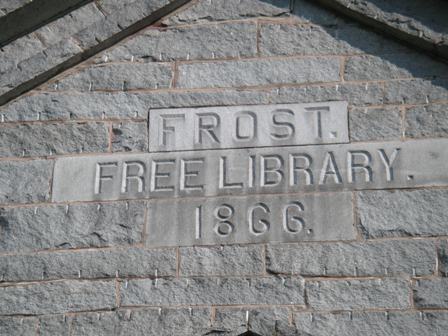|

Lijphart's majoritarian model
| The pure majoritarian "Westminster" model |
Nonmajoritarian elements promoting consensus |
| fusion of legislative & executive power w/ cabinet dominance |
separation of powers, informal & formal |
| unicameralism |
bicameralism |
| single member district w/ plurality electoral system |
proportional representation |
| two-party system |
multi-party system |
| concentration of executive power: one-party and bare majority cabinets |
executive power-sharing: grand coalitions |
| unitary & centralized government |
territorial & nonterritorial federalism & decentralization |
| parliamentary sovereignty (unwritten constitution) |
formal, written Constitution (permitting but not requiring judicial review) |
Adapted from Arend Lijphart, Democracies: Patterns of majoritarian and consensus governments in twenty-one countries (New Haven: Yale, 1984)
Note: There is no such thing as a nonmajoritarian form. There is the majoritarian form, having each and every one of the features listed under the majoritarian model. And then there are constitutional systems featuring one or more of the nonmajoritarian elements. A constitutional system is majoritarian or it is not (though nonmajoritarian systems can be more or less nonmajoritarian depending on the number of nonmajoritarian elements).
Click your mouse three times for an elaboration of these constitutional features.
|




